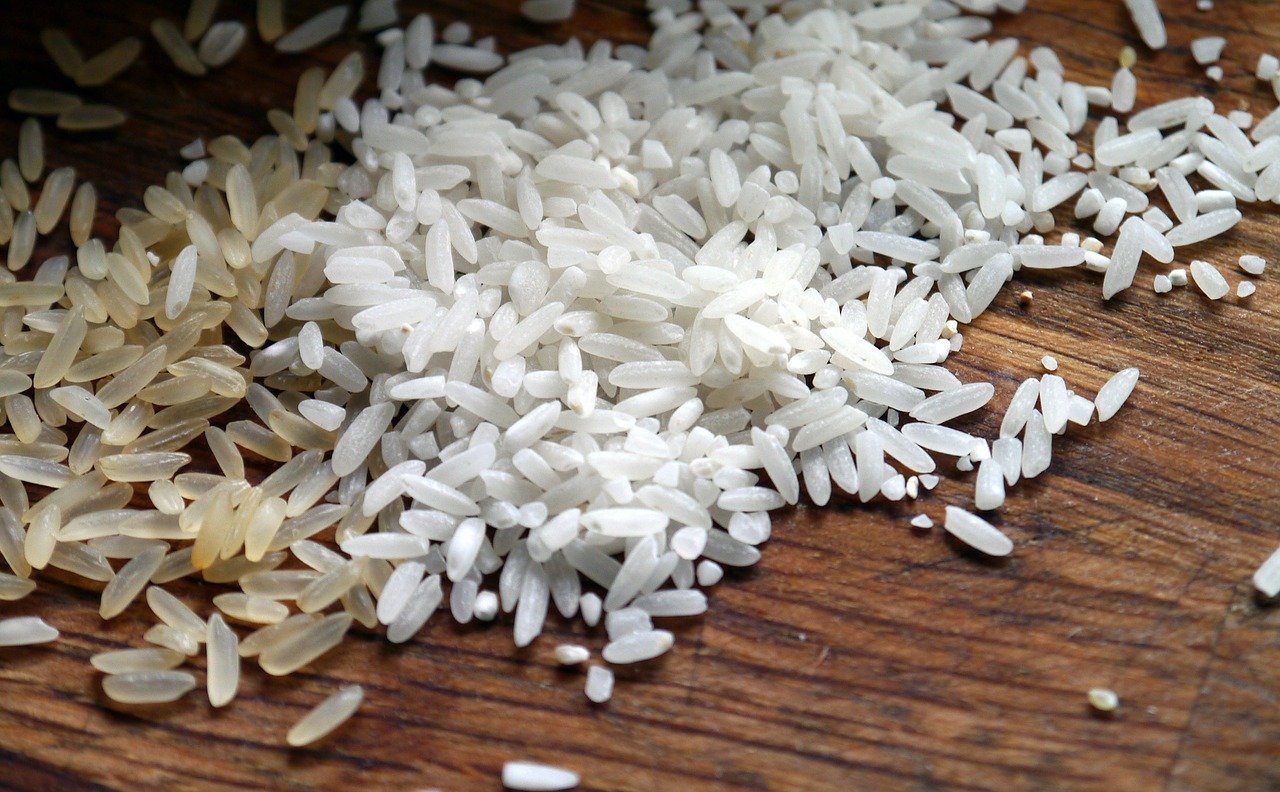The general perception is that you are making a healthier choice when you decide to eat brown instead of white rice, but are the health benefits overplayed, and do the perceived positives really justify the widely-held opinion that brown rice is healthier than white?
Here is a look at what is known about the health aspects of brown and white rice so that you can make an informed decision as to what to put in your bowl, especially if you are health-conscious and want to choose the best options for your body.
How do the GI scores compare?
There are many people who have to be very careful with their diet because they have a type of diabetes or simply need to regulate their blood sugar levels, and the way to do this is to look at the glycemic index (GI) score of the food you want to consume.
There is a difference between white rice and brown rice in this respect, as white rice has a GI score of 72 and its brown counterpart comes in lower with a GI score of 50.
This means white rice is absorbed into your bloodstream at a faster rate than brown rice, although both will impact your blood sugar levels, it just takes longer for your body to absorb brown rice.
All rice is equal
In the beginning, all white rice starts out as brown rice, it is only when the milling process gets underway that it loses its hue and becomes white rice.
The milling process is designed to increase shelf life and this is achieved by removing the rice’s bran, husk, and germ. However, as a direct consequence of this process, it means that white rice loses a fair amount of its nutritional value, and loses fiber, minerals, and vitamins as well.
Therefore, although all rice starts out as equal, there is no argument that brown rice is the purest option and delivers the greater natural benefits, although it is commonplace to find that white rice is fortified with vitamins in order to negate the disadvantages.
Whole-grain options such as brown rice are capable of delivering superior nutritional benefits.
The key takeaways are that brown rice is often found to be higher in fiber than white rice.
Brown rice is also a better source of selenium, which helps provide antioxidant protection, and magnesium, which white rice can’t offer. It should be noted that enriched white rice is a good source of folate, and that is not something that brown rice can compete with.
The verdict
Taking into account all of the key nutritional facts, it is hard not to reach the conclusion that brown rice has to be considered more nutritious than white rice.
It wins the argument when it comes to delivering greater health benefits than white rice, such as higher levels of fiber, magnesium, and other important nutrients.
By comparison, white rice has to be artificially enhanced to achieve the same levels of health benefits.




